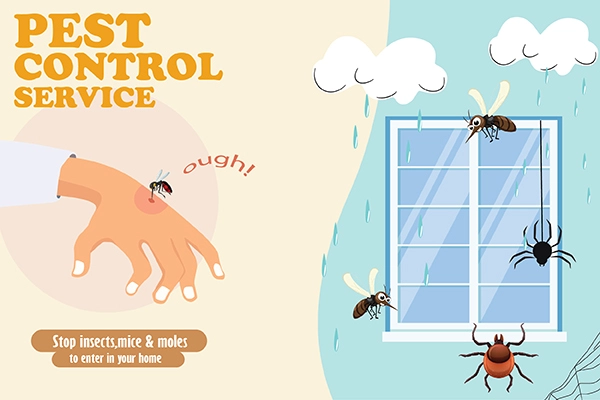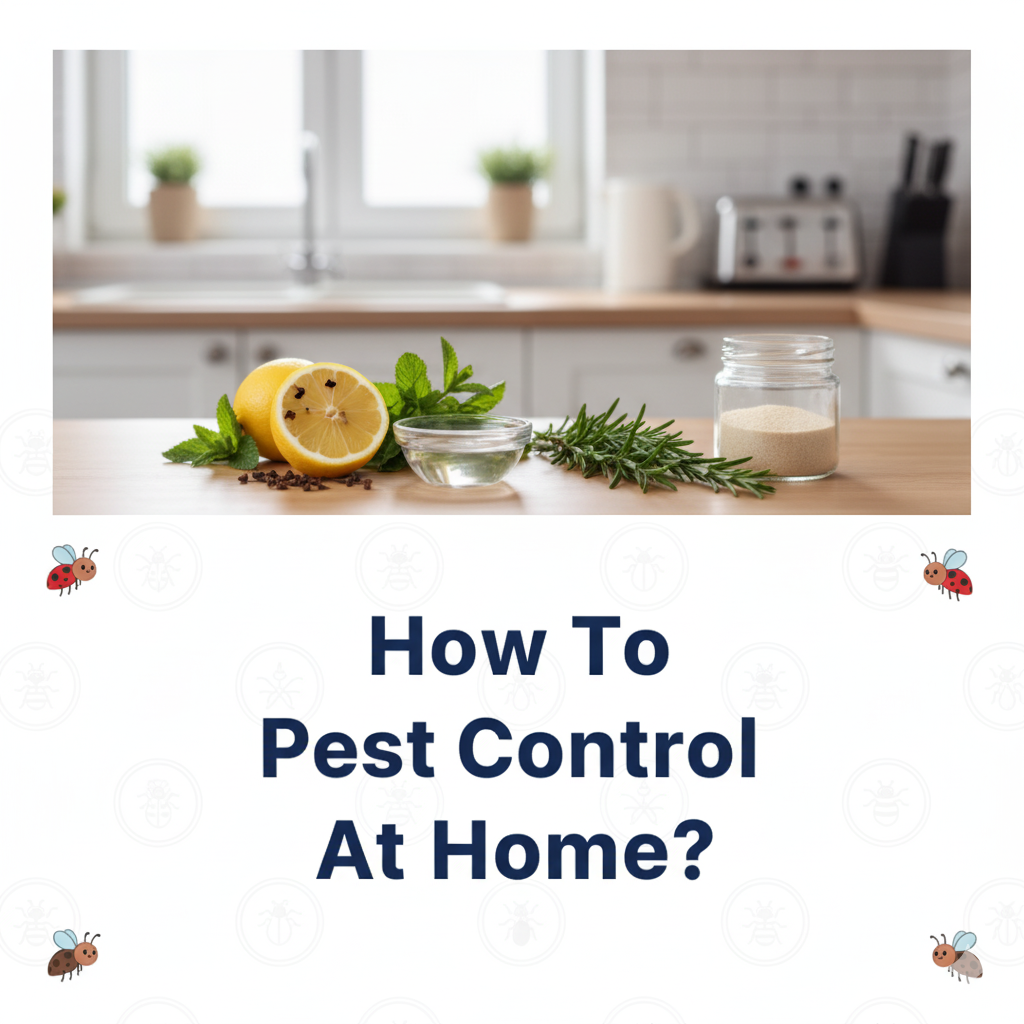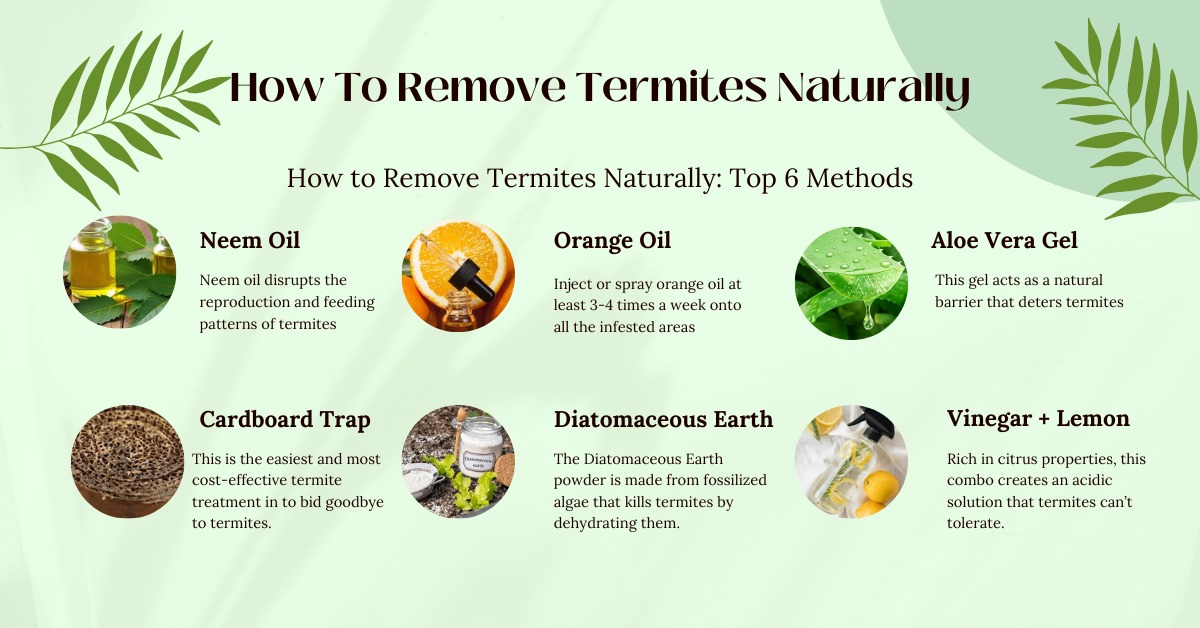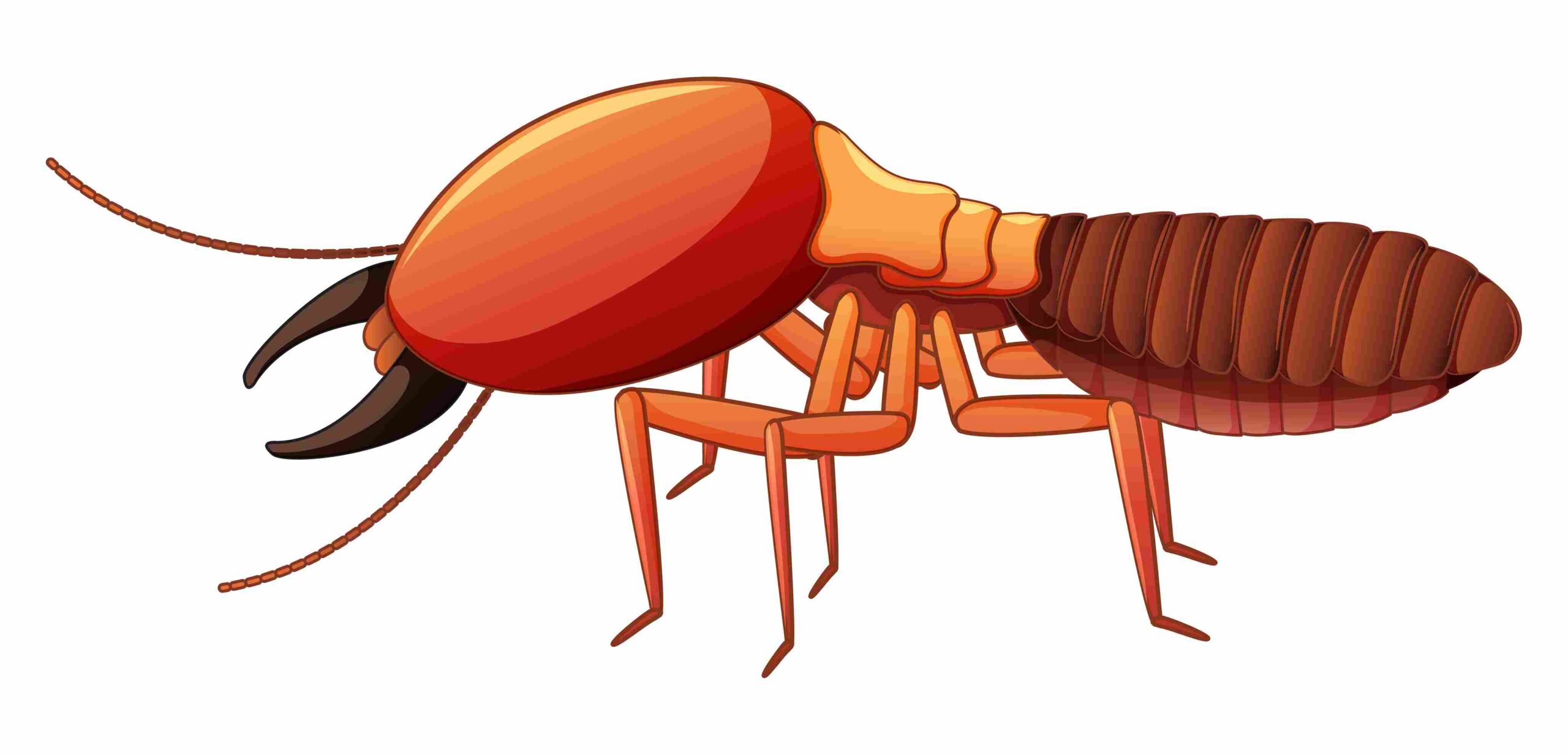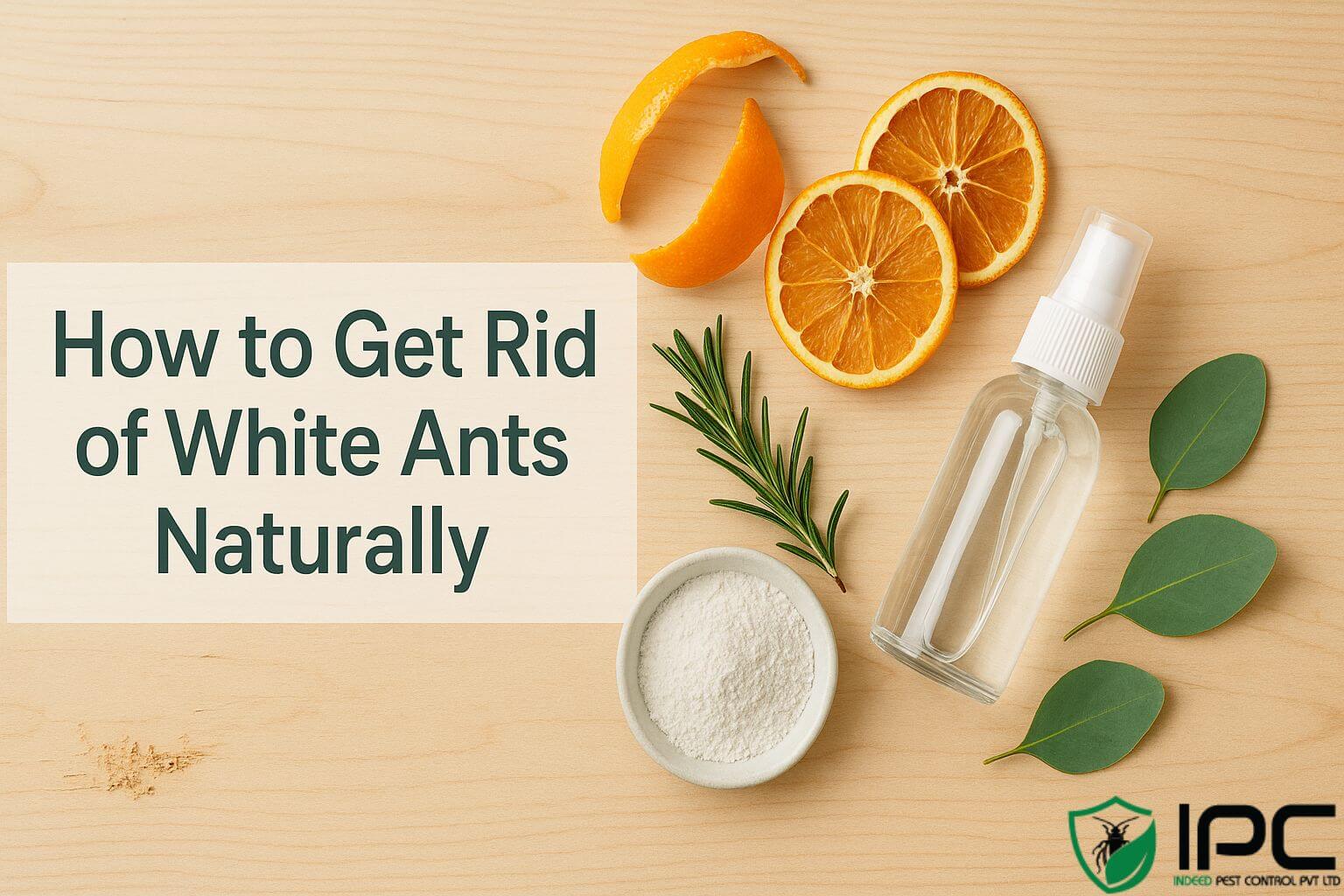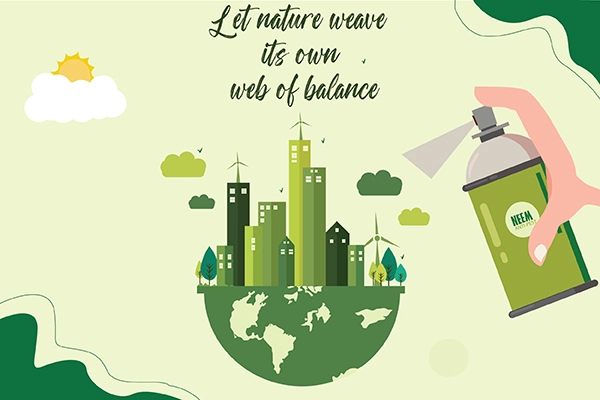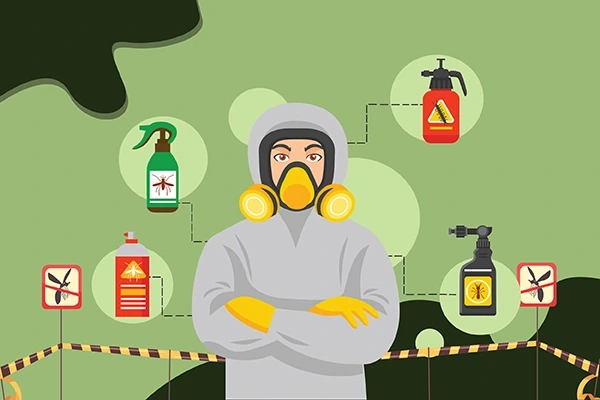Effectiveness in pest control during the rainy season is crucial for maintaining public health and protecting property. This comprehensive guide explores monsoon pest management strategies and highlights why addressing India rainy season pests is essential for every household and business.
The Monsoon-Pest Paradigm
The correlation between increased rainfall and pest proliferation is not coincidental. The rainy season, typically lasting from June to September in most parts of India, creates ideal conditions for various pests to thrive. To effectively combat this seasonal menace, it’s crucial to understand the factors that contribute to this surge in pest activity:
- Abundant Moisture: The sudden increase in environmental moisture provides perfect breeding conditions for pests like mosquitoes, flies, and termites.
- Rising Water Levels: Flooding and waterlogging force subterranean pests out of their habitats, driving them into homes and buildings in search of dry shelter.
- Accelerated Vegetation Growth: The rapid growth of plants and foliage during the monsoon offers ample food and shelter for many pest species.
- Temperature Fluctuations: The interplay of warm, humid days and cooler nights can trigger breeding cycles in certain pests.
Common India Rainy Season Pests and Their Impact
While pest problems can vary across India’s diverse geographical regions, several common culprits emerge nationwide during the rainy season:
- Mosquitoes: Perhaps the most notorious of monsoon pests, mosquitoes thrive in standing water, which becomes abundant during this period. Species like Aedes aegypti and Anopheles are particularly concerning due to their role in transmitting diseases.
- Rodents: Rats and mice seek higher ground and shelter from rain, often infiltrating homes and businesses. Their ability to squeeze through tiny openings makes them particularly challenging to control.
- Cockroaches: Increased moisture drives cockroaches indoors, seeking both shelter and food. These resilient insects can spread bacteria and trigger allergies.
- Termites: Damp wood becomes a prime target for termites, leading to potential structural damage in buildings. The rainy season often sees an uptick in termite activity and new colony formations.
- Flies: Decaying organic matter, which becomes more prevalent during the monsoon, attracts various fly species. These insects can be significant vectors for disease transmission.
- Ants: Certain ant species become more active during the rainy season, invading homes in search of food and shelter from the damp conditions outside.
Health Implications of Pest Control in Rainy Season
The importance of pest control during the rainy season becomes particularly evident when considering the potential health risks associated with these unwelcome visitors:
Vector-Borne Diseases: Mosquitoes are the primary culprits here, capable of transmitting serious illnesses. Dengue prevention and malaria control are critical aspects of pest control during India’s rainy season. Effective mosquito control in India is the primary defense against these potentially life-threatening diseases. Other vector-borne diseases include:
- Chikungunya
- Japanese Encephalitis
- Zika Virus
Foodborne Illnesses: Flies and cockroaches can contaminate food preparation surfaces and stored goods, leading to gastrointestinal problems and food poisoning.
Allergies and Respiratory Issues: Cockroach allergens are known triggers for asthma and other respiratory problems, particularly in children and the elderly.
Leptospirosis: This bacterial disease, often spread by rodents through contaminated water or soil, sees a spike in cases during the monsoon season.
Skin Infections: Increased humidity can exacerbate fungal infections, while certain pests may cause skin irritations or bites.
Economic Impact: Beyond Health Concerns
The ramifications of unchecked pest populations extend far beyond public health, affecting various sectors of the economy:
- Agricultural Losses: Crop damage from pests can be devastating for farmers, impacting both food security and livelihoods. The rainy season often sees increased pest pressure on crops like rice, cotton, and vegetables.
- Structural Damage: Termites and rodents can cause significant and costly damage to buildings, particularly to wooden structures and electrical wiring.
- Business Disruptions: Pest infestations in commercial spaces can lead to temporary closures, loss of inventory, and reputational damage.
- Tourism Impact: Regions struggling with uncontrolled pest problems may see a decline in visitors, affecting the hospitality industry.
- Healthcare Burden: The increase in pest-related illnesses during the monsoon season puts additional strain on healthcare systems, particularly in rural areas with limited resources.
Monsoon Pest Management: Strategies for Homes and Businesses
Implementing a comprehensive pest control plan is crucial for minimizing the impact of monsoon pests. Here are some key strategies:
Mosquito Control in India:
- Eliminate standing water sources around homes and in public spaces
- Use mosquito nets, screens, and repellents
- Implement community-wide fogging programs in high-risk areas
- Promote the use of larvicides in water bodies that cannot be drained
Rodent Prevention During Monsoon:
- Seal entry points in buildings using durable materials
- Maintain proper food storage practices, using airtight containers
- Use traps and baits strategically, focusing on areas of high activity
- Improve waste management to reduce food sources for rodents
Cockroach Prevention:
- Keep living spaces clean and dry, paying special attention to kitchens and bathrooms
- Seal cracks and crevices in walls, floors, and around pipes
- Use gel baits in strategic locations, avoiding areas accessible to children and pets
- Regularly inspect and clean hidden areas like behind appliances and under sinks
Termite Protection in the Rainy Season:
- Conduct regular inspections of wooden structures, especially during and after the rainy season
- Apply chemical barriers around buildings as a preventive measure
- Use treated wood in construction and renovations
- Ensure proper drainage around structures to prevent water accumulation near foundations
Fly Control:
- Implement proper waste management practices, using covered bins and regular disposal
- Use fly traps and screens on windows and doors
- Maintain strict hygiene in food preparation and storage areas
- Consider using natural repellents like neem oil or citronella in outdoor areas
Ant Management:
- Seal entry points around doors, windows, and foundations
- Remove food sources by cleaning up spills and crumbs promptly
- Use ant baits and sprays as needed, focusing on areas of observed activity
- Address moisture issues that may be attracting ants indoors
The Role of Professional Pest Control Services
While do-it-yourself methods can be effective for minor issues, professional pest control services offer several advantages during the rainy season:
- Expertise: Trained professionals can accurately identify specific pest species and tailor control methods accordingly.
- Advanced Equipment: Access to specialized tools and products not available to the general public can lead to more effective and efficient pest control.
- Preventive Measures: Professionals can implement long-term strategies to prevent future infestations, not just address current problems.
- Time and Cost-Effectiveness: While initial costs may be higher, professional treatments can save time and money in the long run by preventing extensive damage or health issues.
- Safety: Proper handling and application of pesticides by trained professionals reduce the risk of exposure to harmful chemicals.
Government Initiatives and Public Health Campaigns
India’s government and health organizations play a crucial role in monsoon pest control:
- National Vector Borne Disease Control Programme (NVBDCP): This comprehensive program focuses on preventing and controlling vector-borne diseases through surveillance, early detection, and targeted interventions.
- Swachh Bharat Abhiyan: While primarily focused on sanitation, this nationwide campaign indirectly contributes to pest control by improving waste management and reducing potential pest habitats.
- Public Awareness Campaigns: Various state and national-level initiatives aim to educate citizens about pest control, disease prevention, and the importance of community participation in these efforts.
- Urban Planning and Infrastructure Development: Efforts to improve drainage systems and reduce waterlogging in cities can significantly impact pest populations during the monsoon.
Eco-Friendly Pest Control Methods
As environmental concerns grow, adopting sustainable pest control practices becomes increasingly important:
- Biological Control: Utilizing natural predators or pathogens to manage pest populations. For example, introducing larvivorous fish in water bodies to control mosquito larvae.
- Plant-Based Repellents: Neem oil, citronella, and other natural substances can be effective in deterring certain pests without the use of synthetic chemicals.
- Integrated Pest Management (IPM): This holistic approach combines various eco-friendly techniques, focusing on long-term prevention through ecosystem management rather than mere pest elimination.
- Physical Barriers: Implementing screens, nets, and other physical deterrents can effectively prevent pest entry without relying on chemicals.
- Pheromone Traps: These can be used to disrupt pest mating cycles or monitor population levels, allowing for more targeted interventions.
The Future of Pest Control in India
Emerging technologies and approaches are shaping the future of pest management, offering hope for more effective and sustainable solutions:
- IoT-Based Monitoring: Smart devices and sensors can detect and track pest activity in real-time, allowing for early intervention and more precise control measures.
- Genetic Control: Techniques like the release of sterile insects or genetically modified mosquitoes show promise in reducing pest populations without chemical interventions.
- Predictive Modeling: Using data analytics and artificial intelligence to forecast pest outbreaks and optimize control strategies.
- Nanotechnology: Development of nanoscale pesticides and delivery systems that could increase efficiency while reducing environmental impact.
- Biodegradable Pesticides: Research into new formulations that break down quickly in the environment, minimizing long-term ecological effects.
Community Engagement and Education
Successful pest control during the rainy season requires active participation from communities. Key areas of focus include:
- Awareness Programs: Conducting workshops and information sessions on pest identification, prevention, and control methods.
- School-Based Education: Incorporating pest control and hygiene practices into school curricula to instill good habits from a young age.
- Community Clean-Up Drives: Organizing regular events to remove potential pest breeding sites in public areas.
- Early Reporting Systems: Establishing channels for residents to report pest sightings or infestations, allowing for rapid response.
- Cultural Adaptation: Tailoring pest control messages and methods to align with local customs and beliefs for better acceptance and implementation.
FAQ: Pest Control in India’s Rainy Season
Why is pest control especially important during India’s rainy season?
Pest control is crucial during the rainy season in India due to increased moisture and vegetation growth, which create ideal breeding conditions for various pests. Effective monsoon pest management helps prevent disease transmission, property damage, and economic losses.
What are the most common India rainy season pests?
The most prevalent pests during India’s monsoon include mosquitoes, rodents, cockroaches, termites, flies, and ants. Each of these pests poses unique challenges to public health and property.
How can I protect my home from pests during the monsoon?
Implement a comprehensive monsoon pest management plan that includes sealing entry points, eliminating standing water, maintaining cleanliness, and using appropriate pest control products. Consider professional pest control services for more thorough protection.
What diseases are common during the rainy season due to pests?
Vector-borne diseases like dengue, malaria, chikungunya, and Japanese encephalitis are common during the rainy season. Effective mosquito control in India is essential for preventing these illnesses.
How can I prevent termite damage during the monsoon?
Termite protection in the rainy season involves regular inspections, applying chemical barriers, using treated wood, and ensuring proper drainage around structures to prevent moisture accumulation.
Bottom Line
The importance of pest control during India’s rainy season cannot be overstated. From protecting public health to safeguarding economic interests and preserving infrastructure, effective pest management is crucial for the well-being of communities across the country. By understanding the unique challenges posed by monsoon pests and implementing comprehensive control strategies, India can mitigate the impact of these seasonal invaders.
Success in this endeavor requires a multi-faceted approach:
- Proactive Prevention: Emphasizing preventive measures before the onset of the monsoon.
- Rapid Response: Developing systems for quick identification and addressing of pest outbreaks.
- Sustainable Practices: Adopting eco-friendly methods that balance effectiveness with environmental responsibility.
- Collaborative Efforts: Fostering cooperation between government agencies, pest control professionals, and community members.
- Continuous Innovation: Investing in research and development of new pest control technologies and strategies.
As climate patterns continue to evolve, potentially altering monsoon dynamics and pest behaviors, adapting and improving pest control methods will remain an ongoing priority for urban planners, health officials, agricultural experts, and citizens alike. By staying vigilant, informed, and proactive, India can turn the tide against monsoon pests, ensuring healthier, more resilient communities across the nation.
Don’t let India rainy season pests threaten your health and property. Implement a robust pest control rainy season plan today to ensure a safe and comfortable monsoon period. Consult with pest control experts to develop a tailored plan for your specific needs. Remember, prevention is key – start your pest control efforts before the first raindrops fall!


